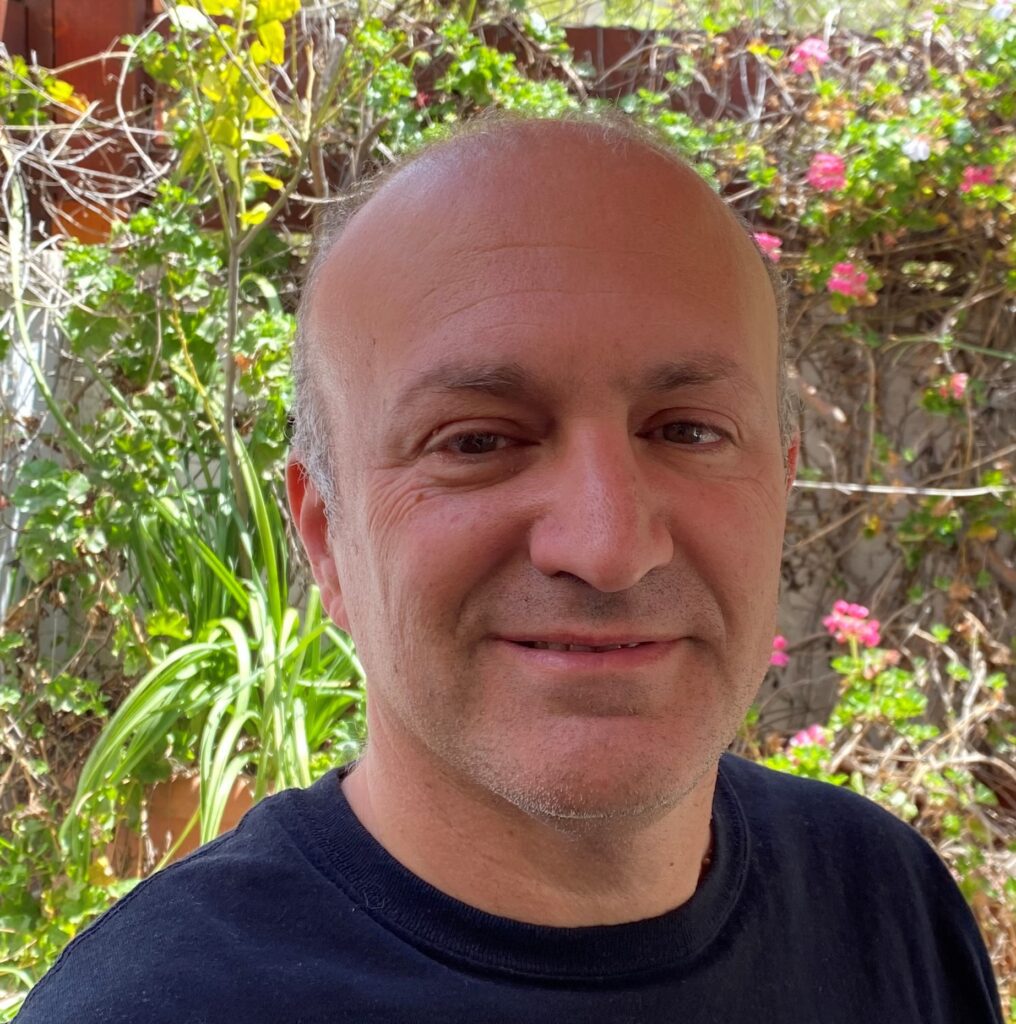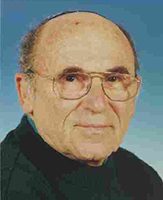In the ever-evolving landscape of medical science, hope shines bright for HIV and AIDS patients worldwide. A recent breakthrough has emerged from the laboratories of Hebrew University in Jerusalem, where scientists are pioneering a potential cure for this devastating disease. In this article, we delve into this groundbreaking research, shedding light on how a novel drug could revolutionize the treatment of HIV and AIDS.
The Quest for an HIV Cure
HIV and AIDS have long been at the forefront of medical research, with scientists relentlessly seeking a cure that would liberate patients from the burden of this life-altering virus. Traditionally, HIV has been managed with a combination of drugs that slow its progression within the body. While these treatments have transformed AIDS from a fatal illness to a chronic one, they fall short of eradicating the virus completely.


The Promise of Hebrew University’s Drug
The drug developed at Hebrew University in Jerusalem offers new hope to those living with HIV and AIDS. This innovative medication, currently undergoing testing at the Kaplan Medical Center in Rehovot, has demonstrated remarkable potential. In a groundbreaking experiment, the drug was introduced into test tubes containing the blood of ten AIDS patients undergoing treatment. Astonishingly, it led to a staggering 97 percent reduction in the HIV virus count within just eight days, as reported by Channel 2.
Understanding the Mechanism
At the heart of this groundbreaking drug lies a peptide, a smaller version of a protein. This peptide, meticulously crafted by Abraham Loyter and Assaf Friedler at Hebrew University, takes a unique approach. Rather than merely targeting the virus, it induces multiple copies of the virus’s DNA to enter the infected cell. This ingenious tactic compels the infected cell to self-destruct, effectively eliminating the virus from the patient’s body.
A Superior Approach
Abraham Loyter, one of the minds behind this groundbreaking research, emphasizes the superiority of their approach. Unlike previous efforts that merely suppressed the virus’s activity, their approach eradicates the infected cells. This key distinction eliminates the risk of the virus reawakening in the future, as there are no surviving cells containing the virus.
Hope on the Horizon
This discovery not only marks a significant step towards finding a cure for HIV and AIDS but also kindles a flame of hope for millions of affected individuals. While there is still much research and testing to be done, the potential of this drug to transform the lives of patients cannot be overstated.
Conclusion
In the battle against HIV and AIDS, Hebrew University’s groundbreaking drug represents a beacon of hope. With its innovative approach and promising results, it brings us closer to the day when HIV and AIDS will no longer hold lives hostage. While challenges remain on the path to a cure, this research paves the way for a brighter and healthier future for patients worldwide.
FAQs
- How does the drug developed at Hebrew University work? The drug uses a peptide to induce multiple copies of the virus’s DNA to enter infected cells, causing the cells to self-destruct and eliminating the virus from the body.
- What distinguishes this drug from previous HIV treatments? Unlike previous treatments that suppressed the virus’s activity, this drug eradicates infected cells, reducing the risk of the virus reawakening in the future.
- What were the results of the drug’s initial testing? In test tubes containing the blood of ten AIDS patients, the drug led to a remarkable 97 percent reduction in the HIV virus count within just eight days.
- Is this drug currently available for HIV and AIDS patients? The drug is still in the testing phase and has not yet been approved for widespread use. Further research and clinical trials are needed.
- What other developments are occurring in the fight against HIV and AIDS? In a related development, the Health Ministry has announced the distribution of prophylactic drugs to populations at higher risk of contracting HIV, which has been found effective in preventing the spread of the virus during contact.